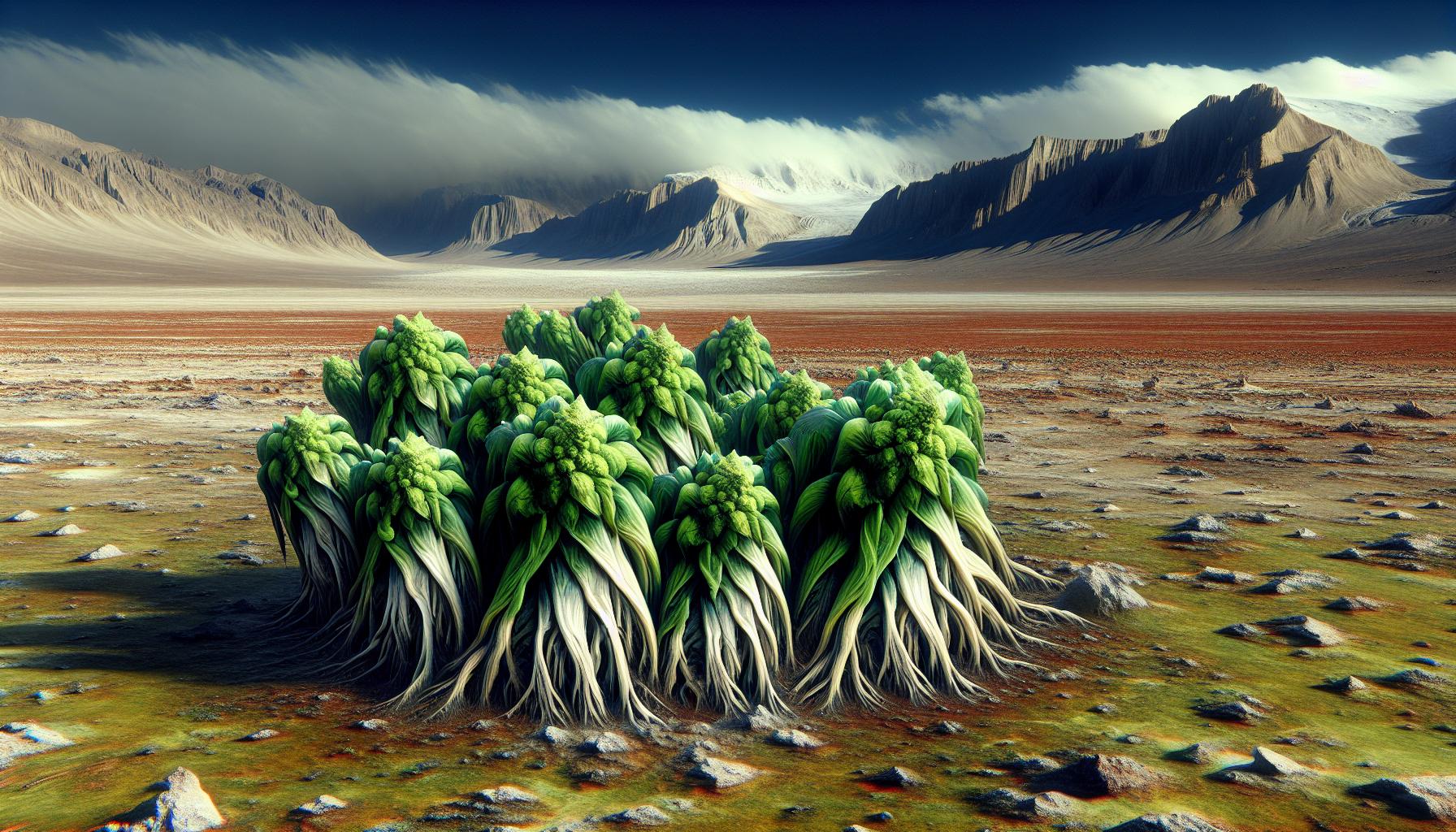
In nature, the idea of a single parent producing offspring might seem unusual, yet it’s a fascinating survival strategy. Many organisms have evolved to thrive without the need for a mate, showcasing the incredible adaptability of life. From plants to certain animals, these reproductive methods can provide unique advantages in unstable environments.
I’ve always been intrigued by how these solitary reproductive strategies work. They not only ensure the continuation of a species but also highlight the diverse ways life can flourish. In this article, I’ll explore the various methods of asexual reproduction, the benefits it offers, and some surprising examples that illustrate just how remarkable single-parent reproduction can be.
Key Takeaways
- Asexual reproduction enables a single parent to produce offspring without a mate, securing species continuity and rapid adaptation to environmental changes.
- Mechanisms of asexual reproduction include binary fission, budding, fragmentation, and vegetative propagation, each providing unique survival strategies suitable for different organisms.
- Advantages include faster reproduction rates, allowing populations to grow quickly and colonize new niches, and genetic stability, which preserves beneficial traits in consistent environments.
- Key disadvantages involve the lack of genetic diversity, making populations more vulnerable to diseases and environmental shifts, and vulnerability to environmental changes, which can jeopardize survival in altered habitats.
- Various organisms utilize asexual reproduction strategies, including bacteria, hydra, starfish, and strawberries, highlighting the method’s prevalence and adaptability across ecosystems.
- Understanding the balance of benefits and drawbacks of single-parent reproduction is essential for assessing ecosystem health and species resilience in the face of changing environments.
Production of Offspring by a Single Parent
Asexual reproduction involves a single parent producing offspring without the need for a mate. This method supports species continuity and allows organisms to adapt rapidly to changing environments.
Definition and Mechanisms
Asexual reproduction refers to the process where offspring develop from a single parent, resulting in clones that share identical genetic material. Key mechanisms include:
- Binary Fission: A form of cell division common in prokaryotes, where a single cell divides into two equal parts.
- Budding: In organisms like yeast, a new individual grows from the parent, detaching when mature.
- Fragmentation: In some species, like starfish, a piece of the parent can regenerate into a new organism.
- Vegetative Propagation: In plants, structures like runners or tubers give rise to new individuals.
Types of Asexual Reproduction
Numerous types of asexual reproduction exist, each suited to specific environments and organisms. Common types include:
- Binary Fission: Predominant in bacteria, where the parent cell splits into two identical cells.
- Budding: Observed in hydra and yeast, where a small outgrowth emerges and develops into a new entity.
- Fragmentation: Found in some annelids and echinoderms, where the organism regrows lost parts to create new individuals.
- Sporozoic Division: In certain protozoans, spores develop and disperse to form new organisms.
- Parthenogenesis: In species like some reptiles and insects, unfertilized eggs develop into viable offspring.
These methods demonstrate the variety and efficiency of asexual reproduction in promoting survival and adaptation across countless species.
Advantages of Production of Offspring by a Single Parent

The production of offspring by a single parent offers significant advantages that enhance survival and adaptation. These benefits include faster reproduction rates and genetic stability.
Faster Reproduction Rates
Faster reproduction rates occur because a single parent doesn’t require a mate. Asexual reproduction methods produce offspring more quickly than sexual reproduction. For instance, bacteria can replicate every 20 minutes under ideal conditions. This rapid generation time enables populations to grow swiftly, especially in favorable environments. An increase in population size allows for greater colonization of niches and more robust responses to environmental changes.
Genetic Stability
Genetic stability is another advantage associated with single-parent offspring production. Offspring are essentially clones of the parent, maintaining genetic traits that contribute to survival in specific environments. This trait ensures that advantageous characteristics remain within the population. For example, in stable habitats, the persistence of successful genetic traits can enhance the overall fitness of the community. Genetic consistency reduces the risk of harmful mutations, resulting in a better fit for the offspring to thrive in their environment.
Disadvantages of Production of Offspring by a Single Parent

Producing offspring by a single parent carries distinct disadvantages. These challenges can hinder the survival and adaptability of species relying solely on asexual reproduction.
Lack of Genetic Diversity
Lack of genetic diversity poses significant risks for populations. When offspring originate from a single parent, they inherit identical genetic material, resulting in clones. This uniformity limits the range of genetic variations critical for adapting to changing environments. As a consequence, populations that lack genetic diversity face increased susceptibility to diseases and parasites. For example, a clone population of plants or bacteria may rebound quickly under favorable conditions, but environmental stressors can wipe out the entire population due to their shared vulnerabilities.
Vulnerability to Environmental Changes
Vulnerability to environmental changes represents another major disadvantage. Asexual reproduction often produces offspring that thrive in specific habitats and conditions. If these environments shift, such as due to climate change or habitat destruction, organisms with limited adaptability may struggle to survive. For instance, lack of genetic variety within a clone population reduces resilience to ecological fluctuations, exposing them to extinction risks. Consequently, a species reliant on single-parent reproduction may falter when facing new or intensified threats in their ecosystem.
Examples in Nature

A variety of organisms utilize asexual reproduction, demonstrating its prevalence across ecosystems. This section highlights common organisms and specific case studies that showcase this reproductive strategy.
Common Organisms Practicing Asexual Reproduction
- Bacteria: Bacteria commonly reproduce through binary fission, dividing into two identical cells. This method allows for rapid population expansion under favorable conditions.
- Hydra: Hydra utilize budding, where new individuals form as outgrowths from the parent’s body. This process enables rapid colonization of aquatic environments.
- Starfish: Starfish can regenerate lost arms through fragmentation. If conditions permit, an entire new starfish can arise from a single arm, demonstrating remarkable survival resilience.
- Strawberries: Strawberries engage in vegetative propagation via runners. These horizontal stems root in the soil to produce new plants, ensuring effective spread across the landscape.
- Daphnia: Daphnia, also known as water fleas, can reproduce parthenogenetically. Female Daphnia produce offspring from unfertilized eggs, often resulting in populations with rapid growth during optimal conditions.
- Cacti: Observations show that certain cactus species reproduce asexually through vegetative propagation. This method helps them thrive in arid conditions, ensuring survival by producing new plants from existing ones.
- Flatworms: Research indicates that planarian flatworms can reproduce through fragmentation. Studies demonstrate that even small pieces can regenerate into complete organisms, allowing for rapid population recovery after environmental disturbances.
- Sponges: Sponges exhibit budding as a primary mode of reproduction. Field studies reveal that sponge colonies can expand significantly in optimal conditions, highlighting their adaptability and resilience.
- Apomixis in Plants: Observations in botanical studies show plants utilizing apomixis. Some species produce seeds without fertilization, ensuring that offspring inherit traits identical to the parent, which may be beneficial in stable environments.
- Green Algae: Studies of green algae indicate their capability for asexual reproduction through fragmentation. This allows for swift colonization of nutrient-rich water bodies, reflecting the efficiency of asexual strategies in diverse habitats.
Resilience and Adaptability of Life
Exploring asexual reproduction has deepened my appreciation for the resilience and adaptability of life. It’s fascinating how various organisms have mastered the art of producing offspring without a partner. This method not only ensures rapid population growth but also highlights the incredible strategies nature employs for survival.
While the advantages are clear, the potential downsides of reduced genetic diversity can’t be overlooked. As we face environmental changes and challenges, understanding these dynamics becomes crucial. Asexual reproduction is a testament to life’s ingenuity but also a reminder of the delicate balance organisms must maintain to thrive in an ever-changing world.
